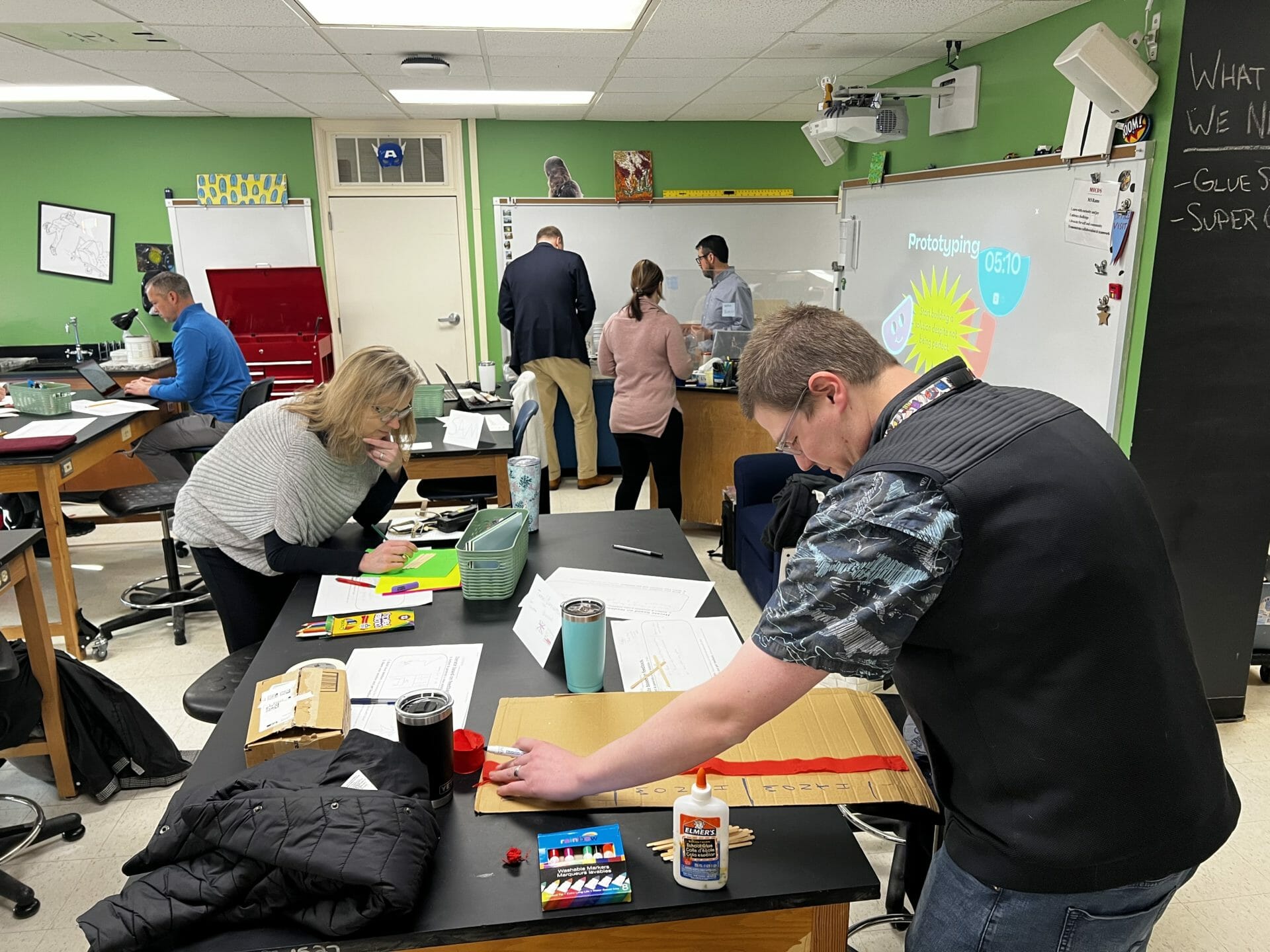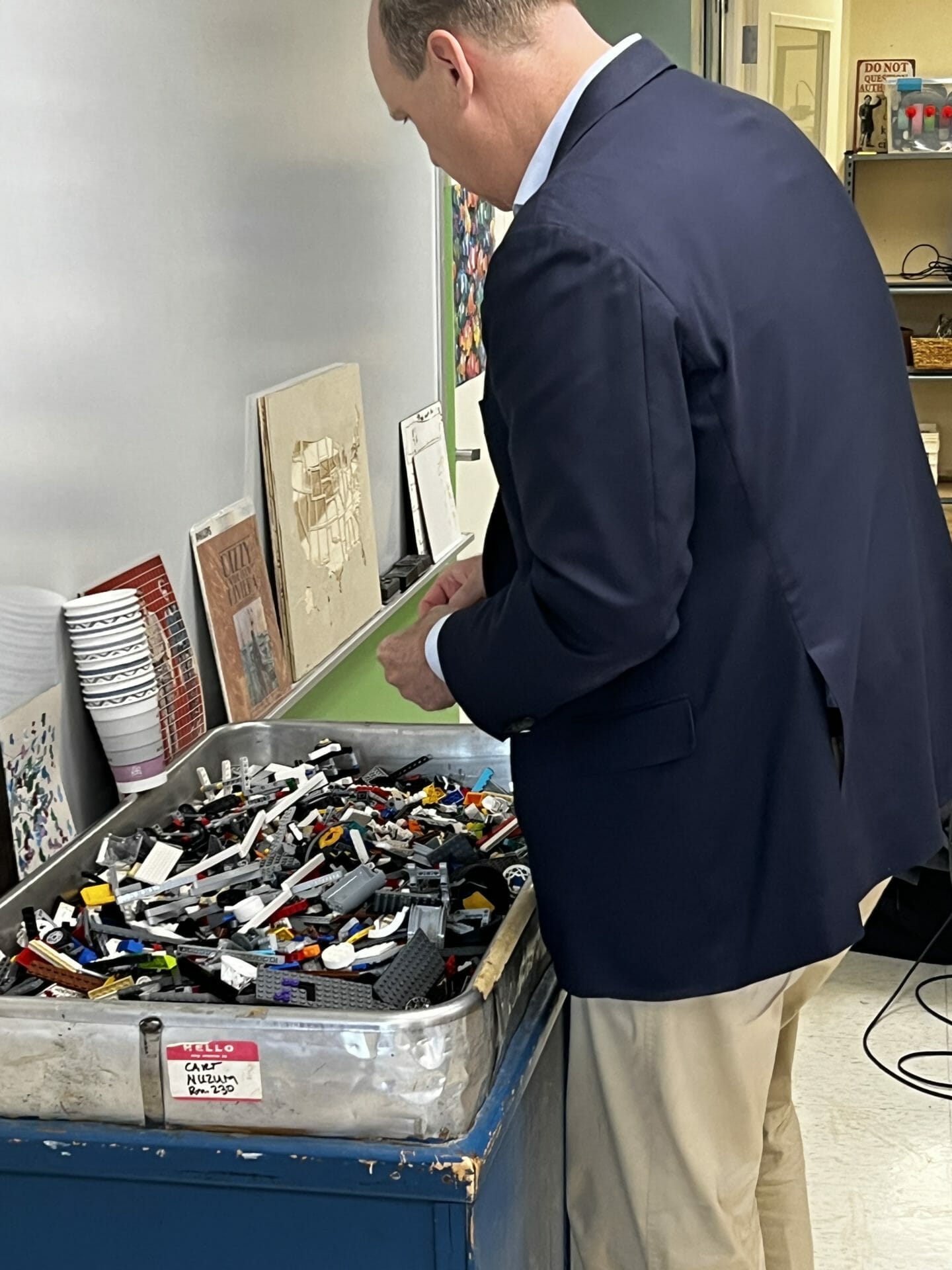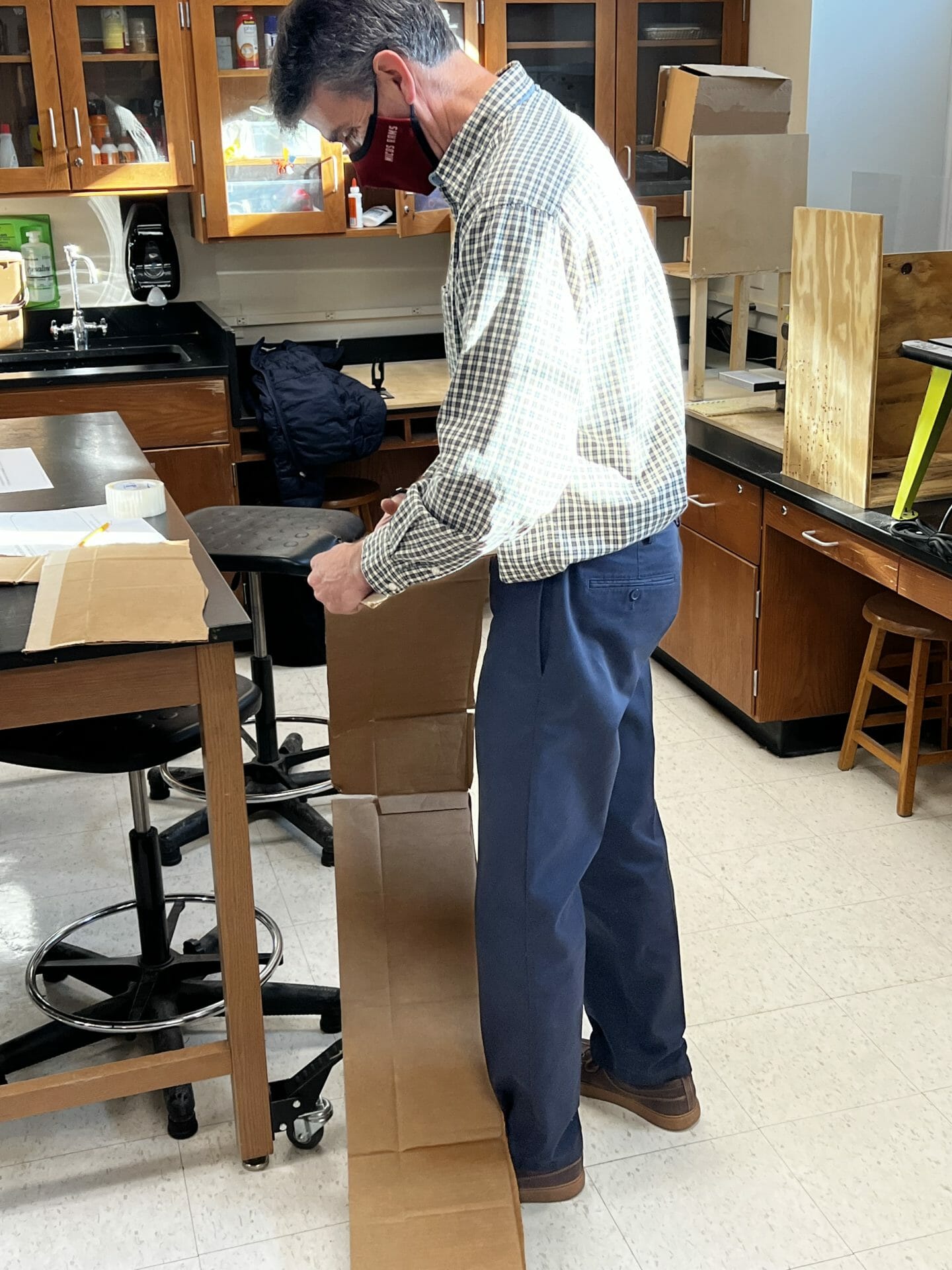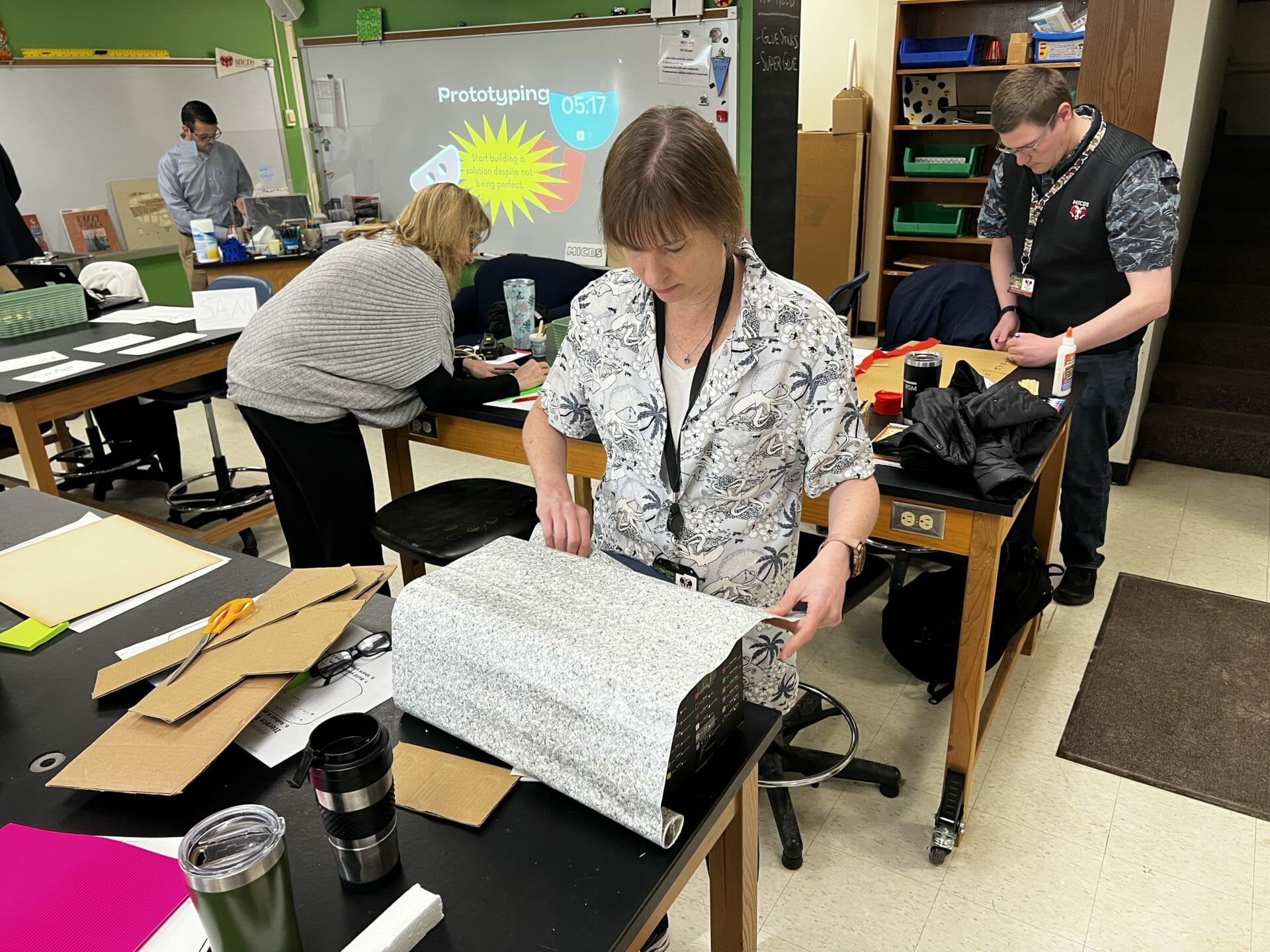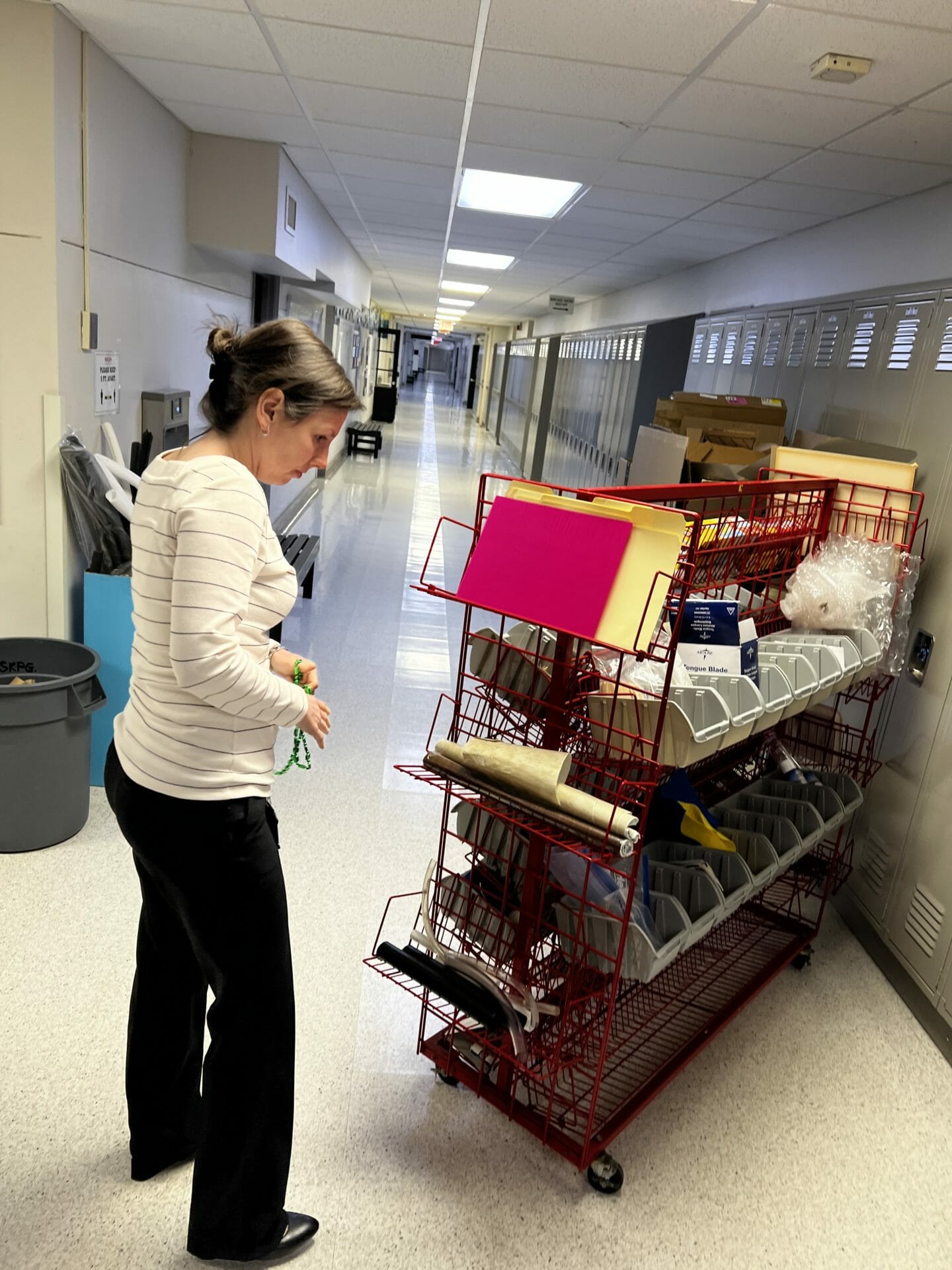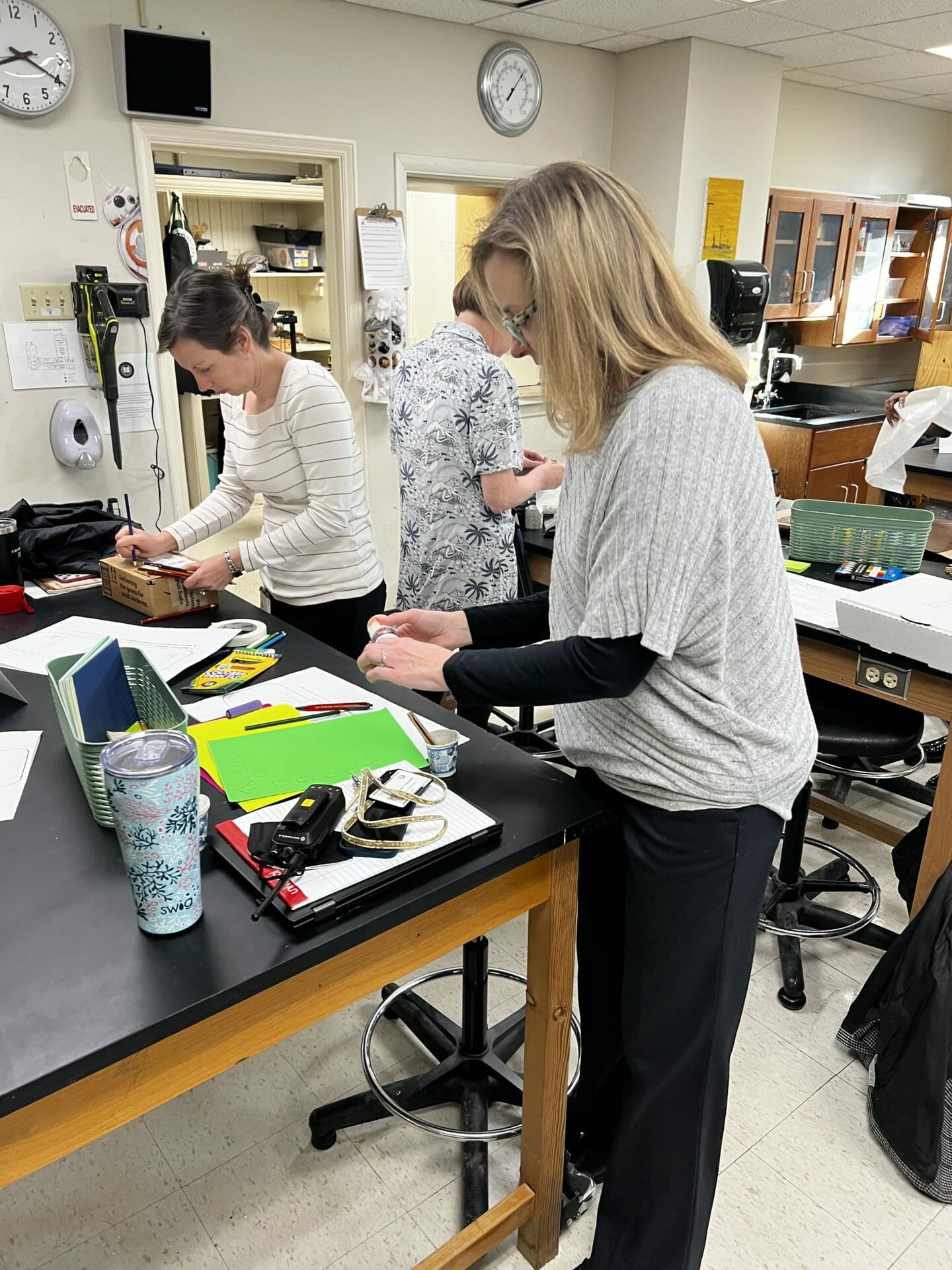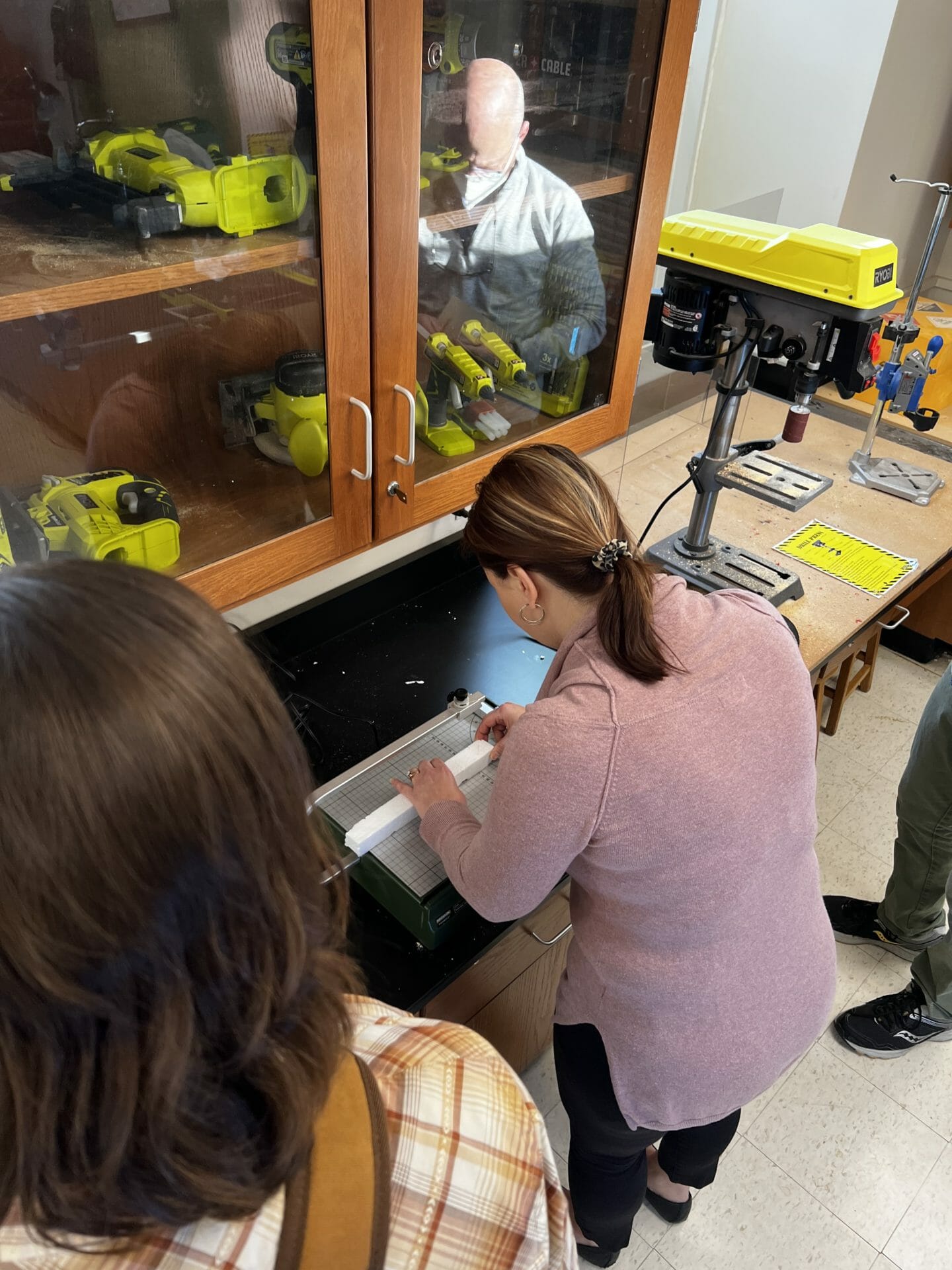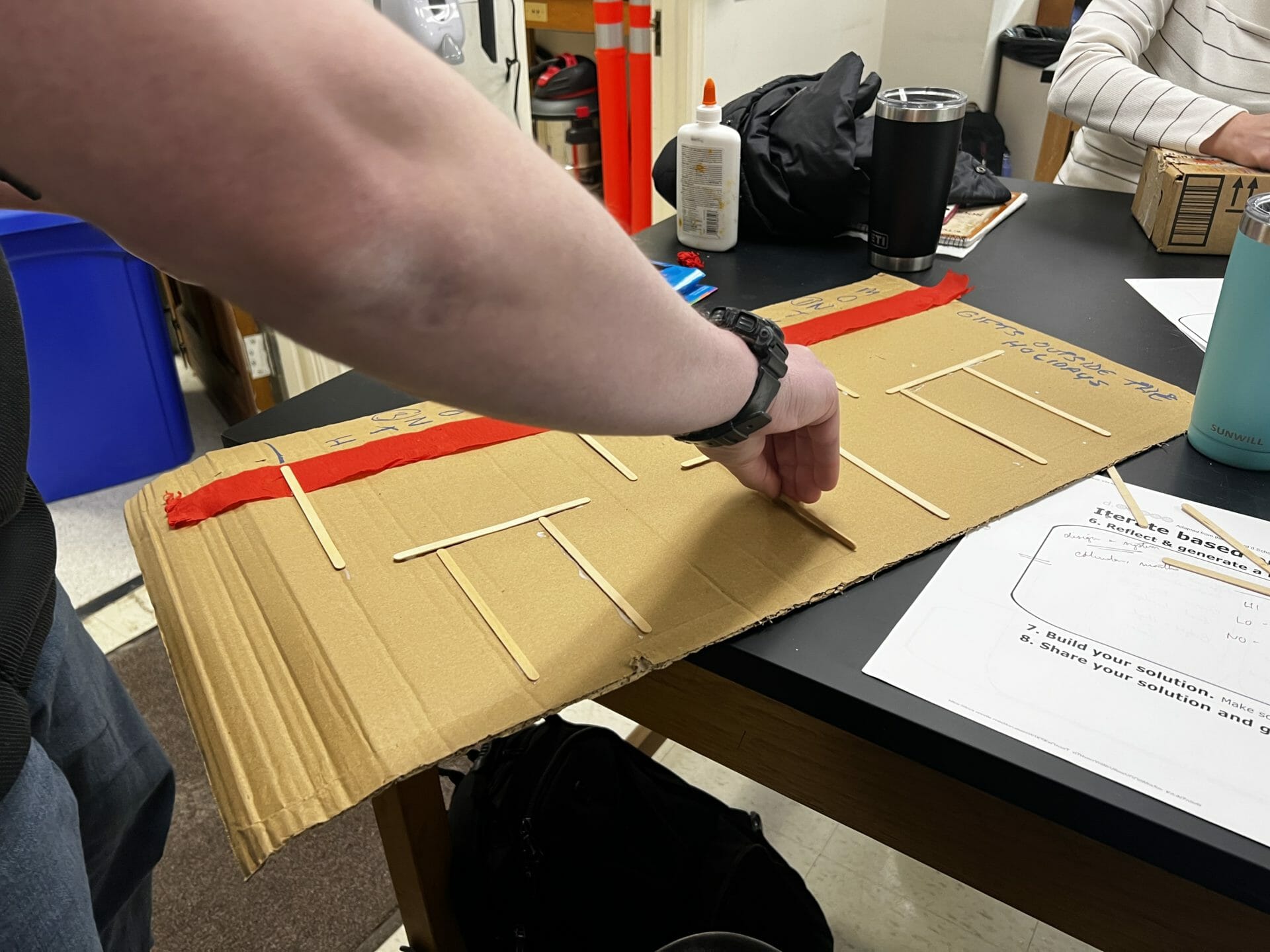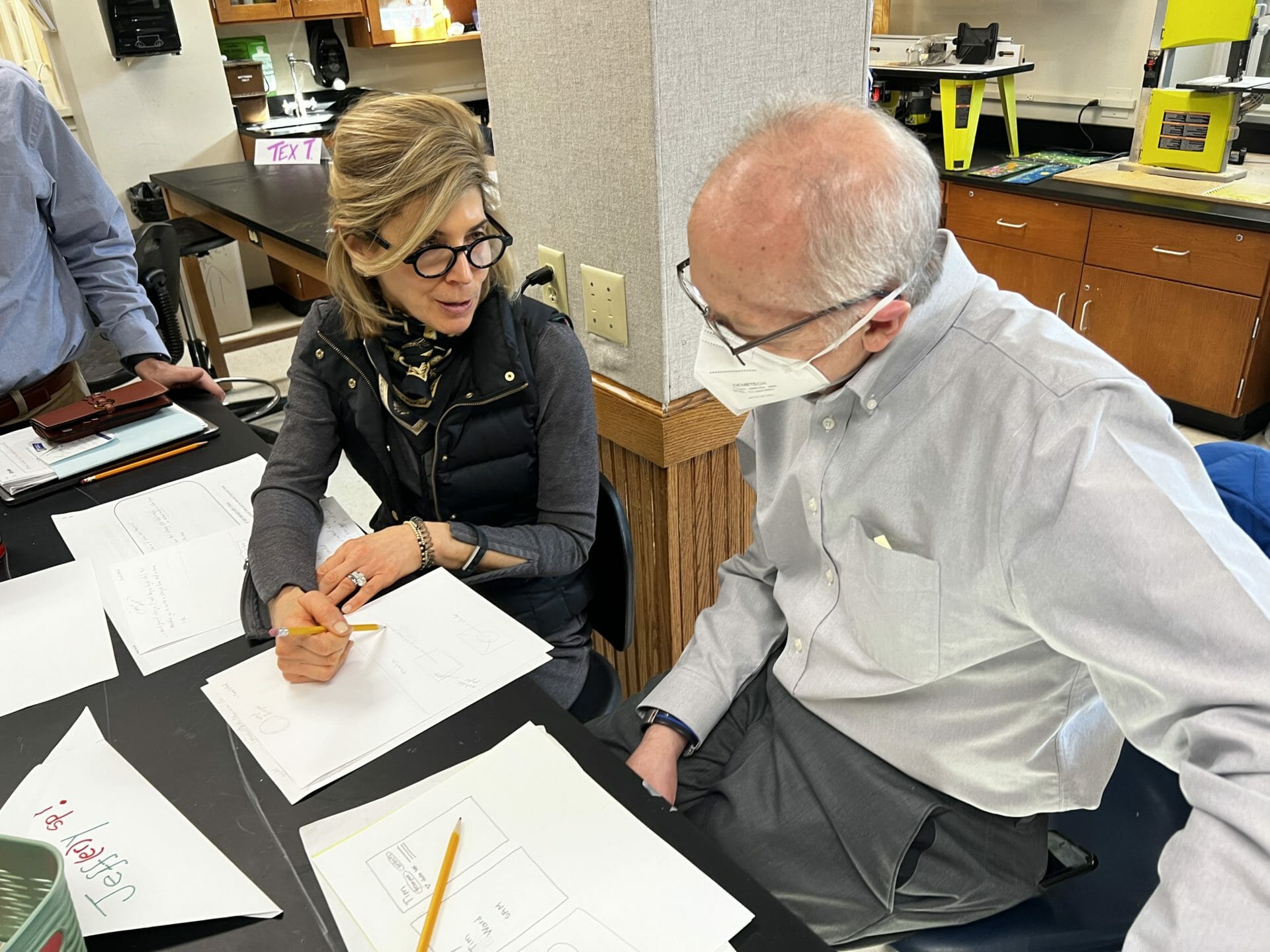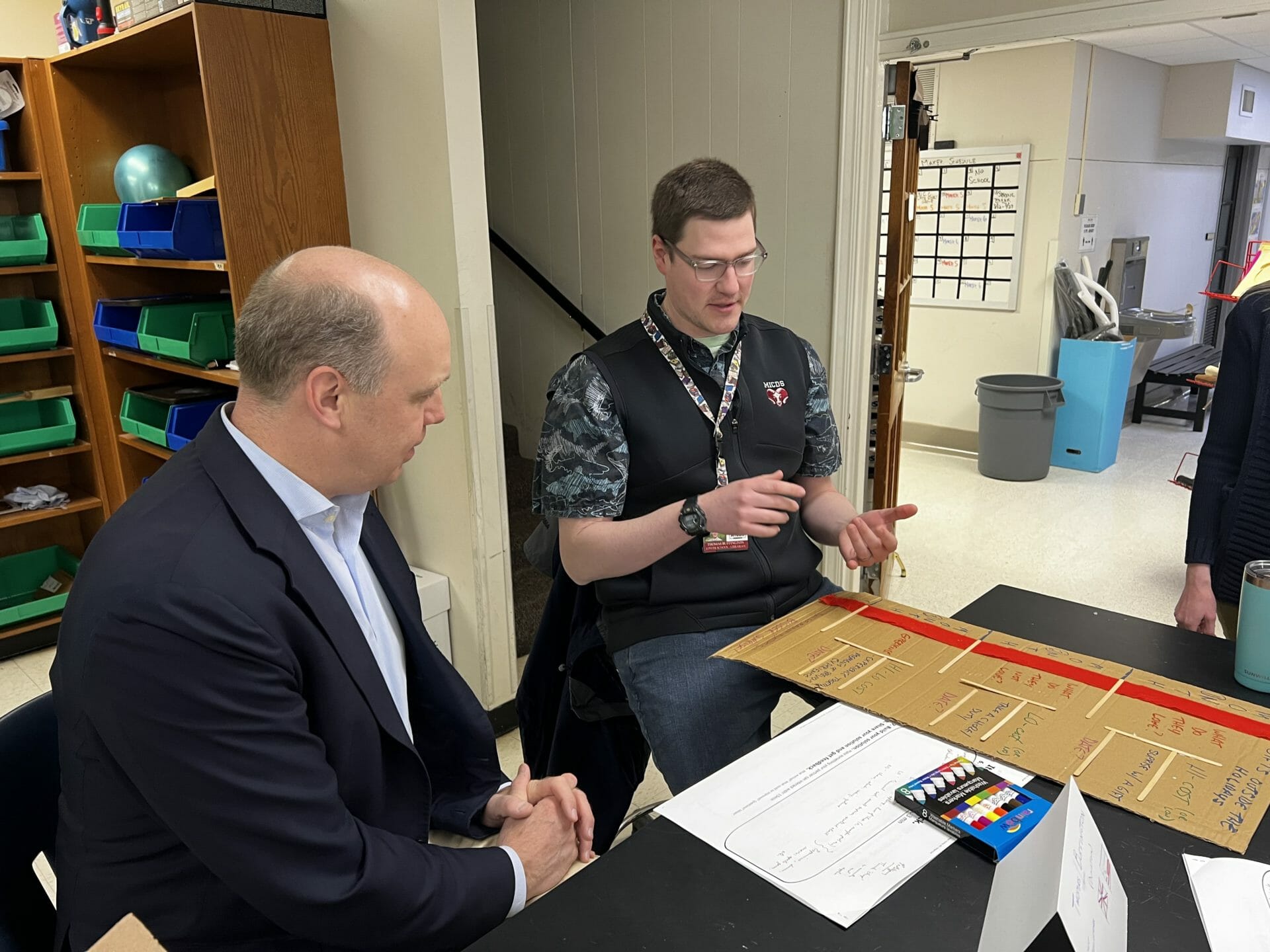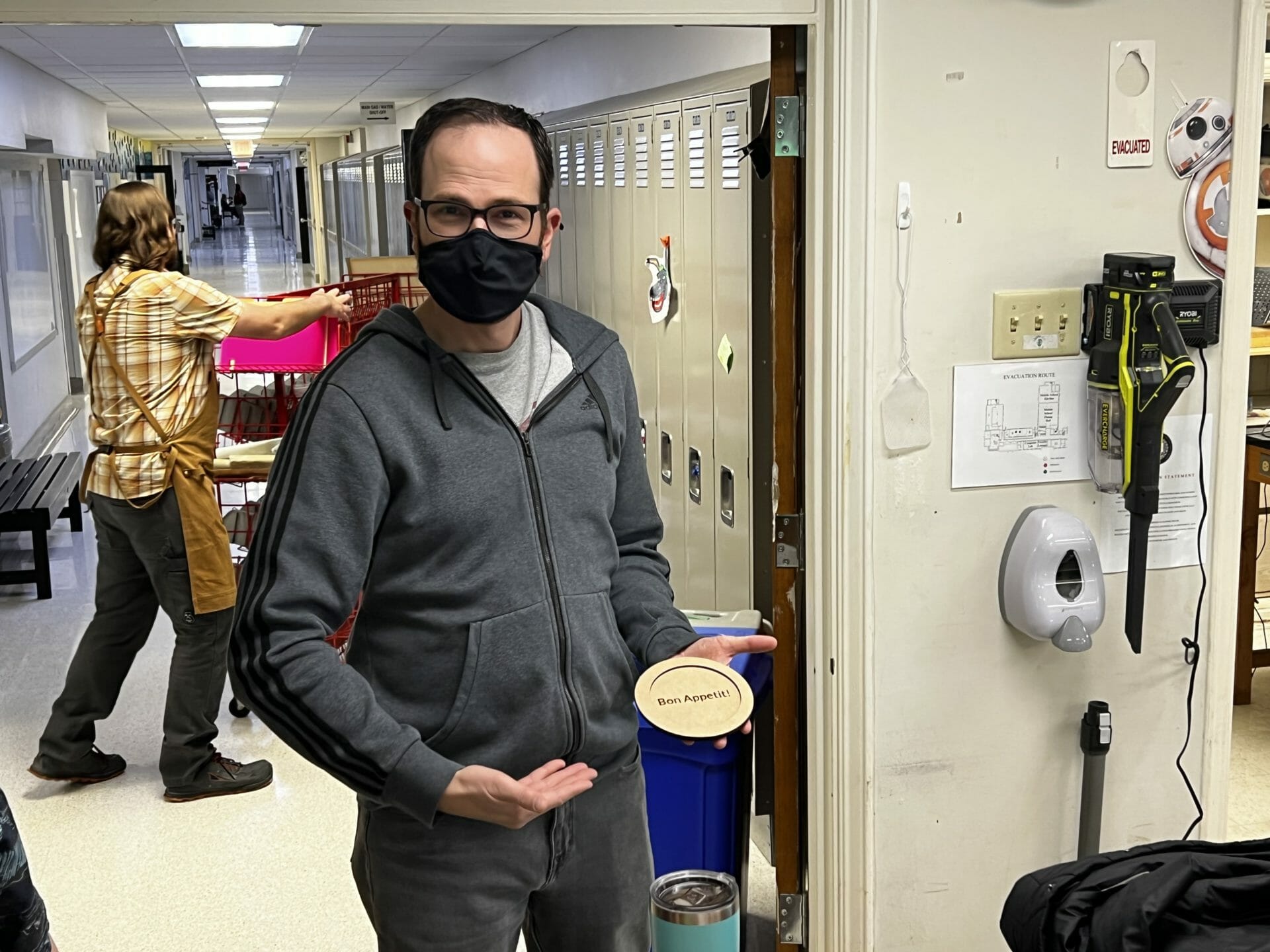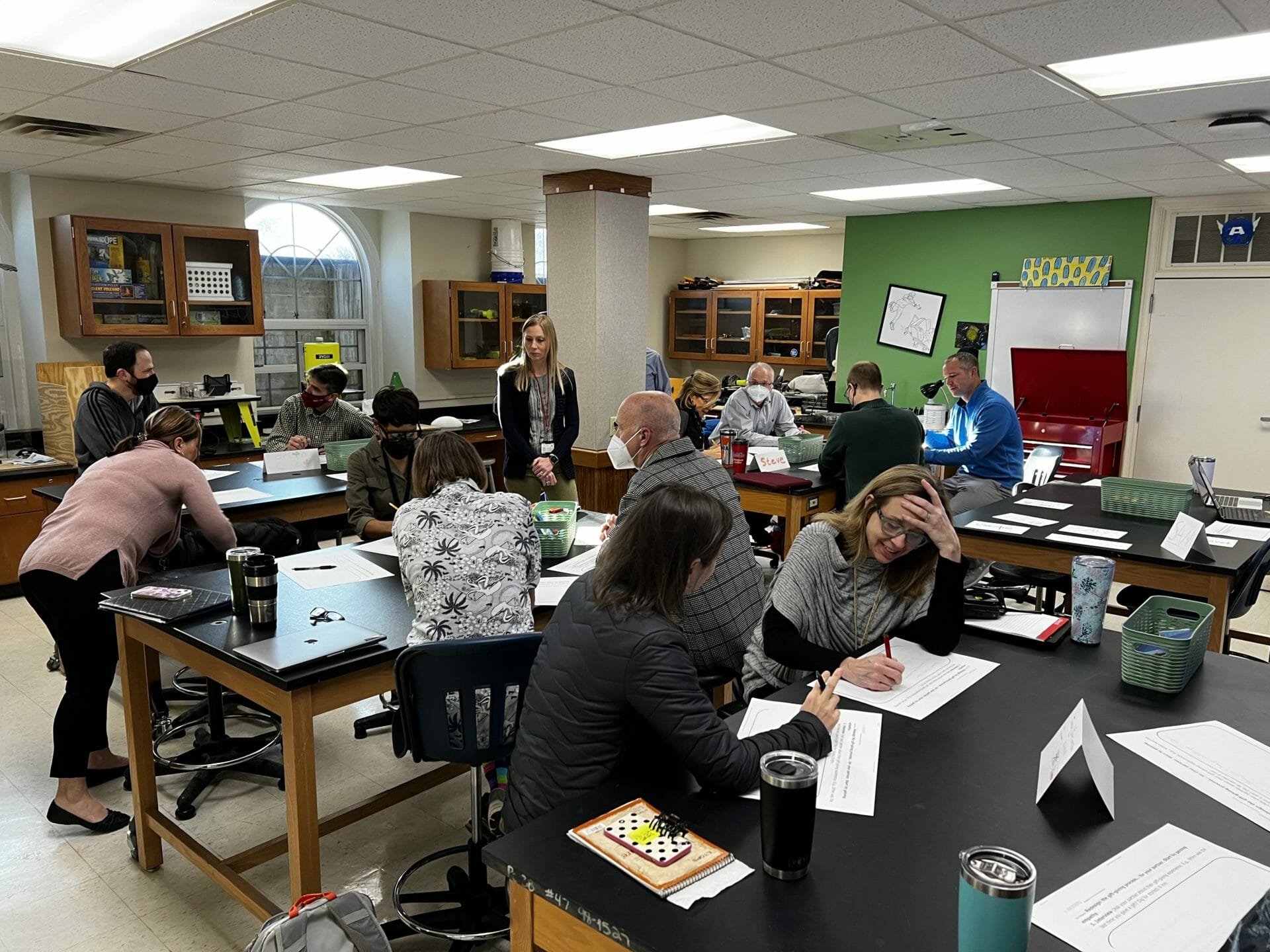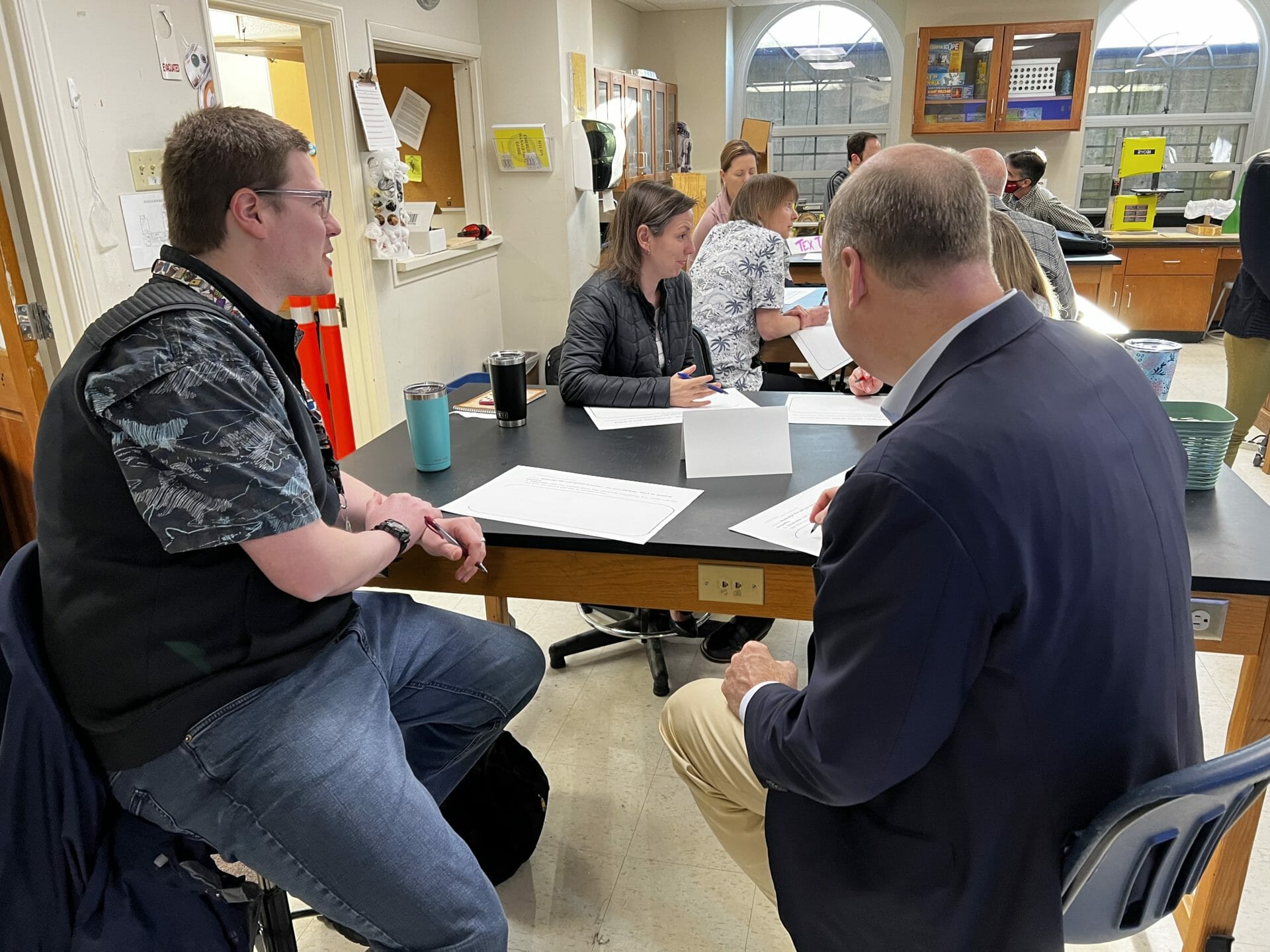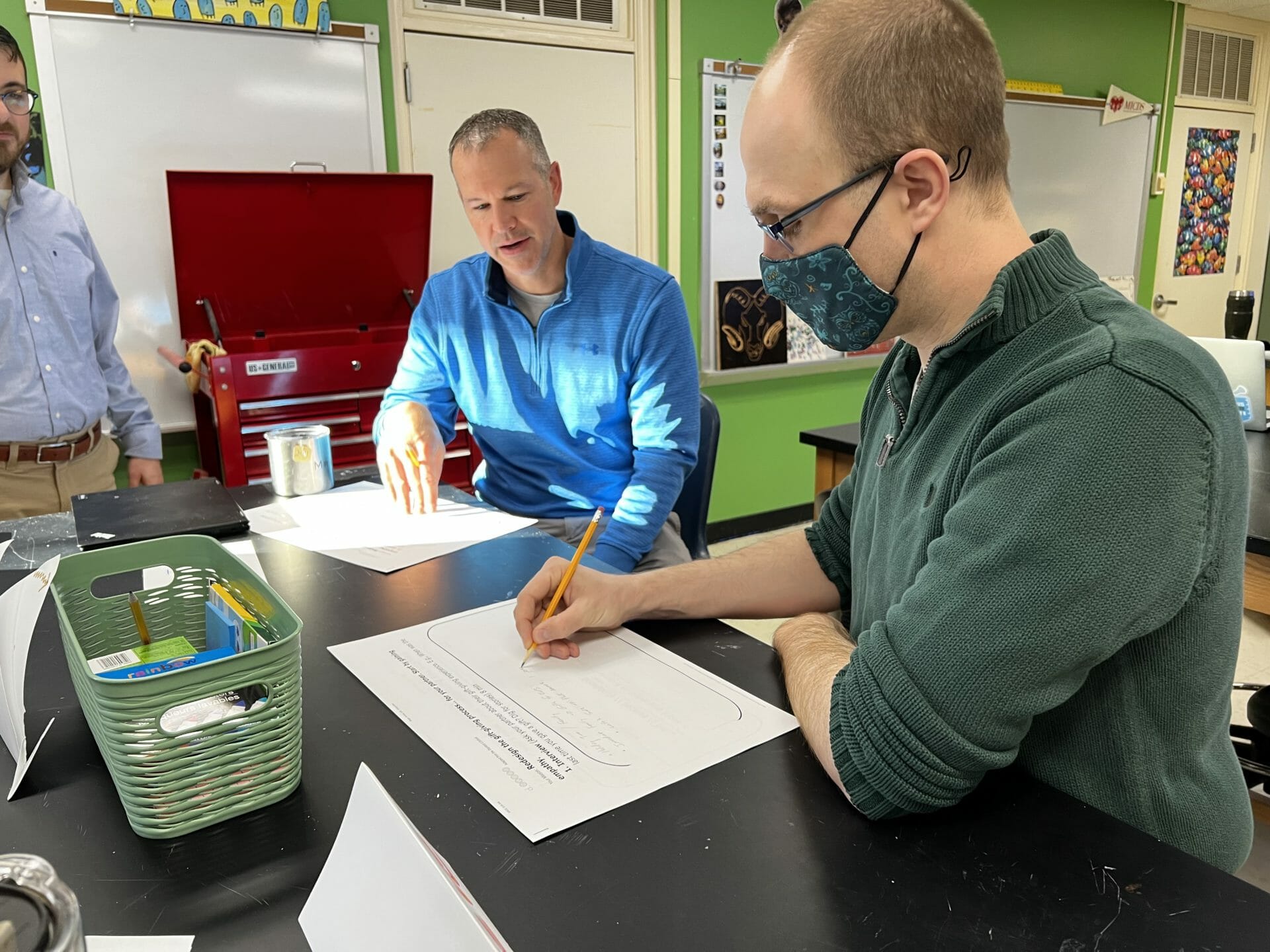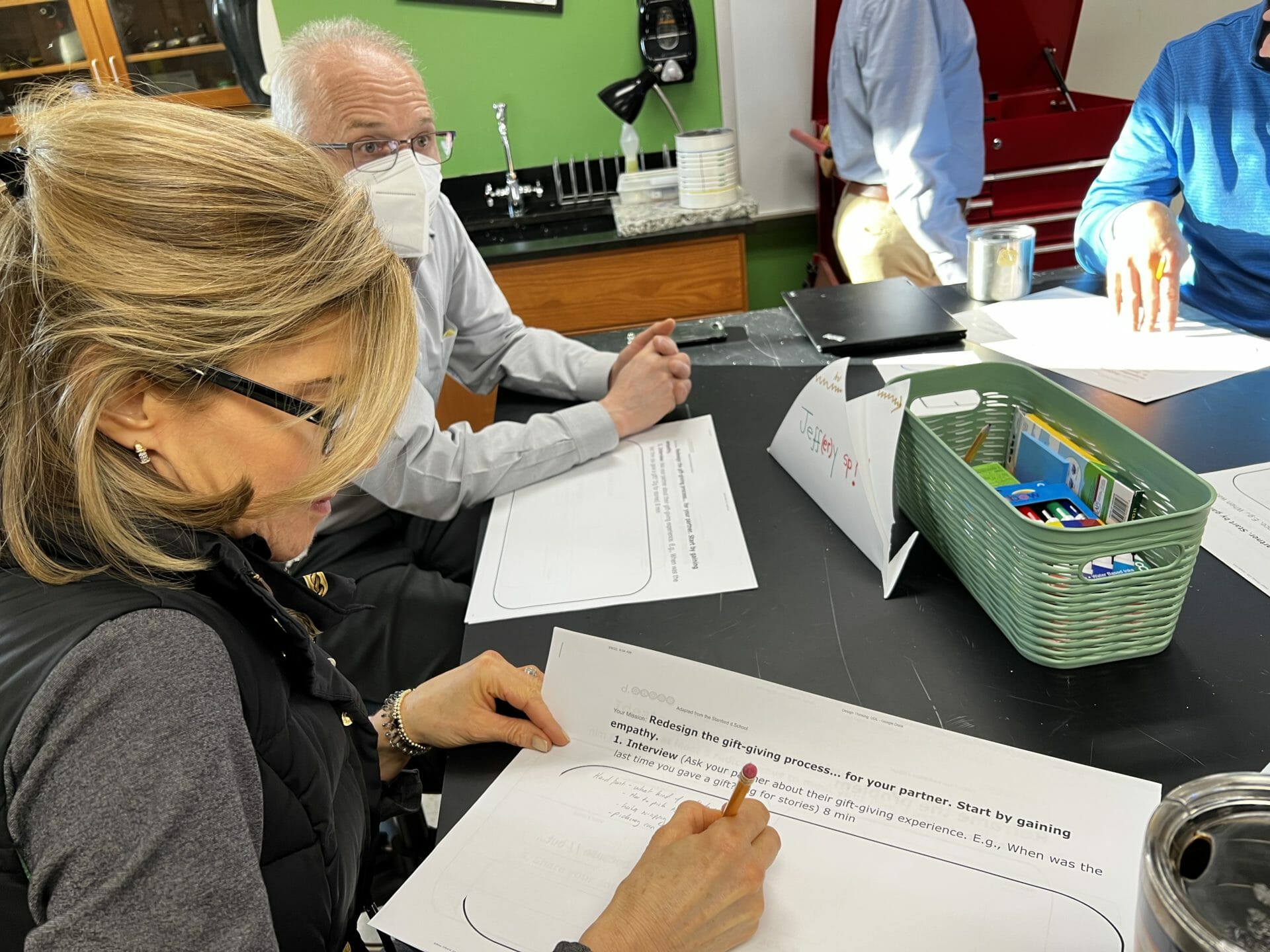Have you ever heard of the concept of Universal Design for Learning (UDL)? It considers the design of an educational space and how it can become more equitable and inclusive through intentionally structuring it for the use of a variety of learners. The term Universal Design was originally coined by architect Robert Mayes who realized that a building or space can be built or designed in a way that makes it accessible for a wide range of people. Such factors to consider, to name a few, could be age, height, size, and hand dominance. The concept was adapted to the world of education by Anne Meyer and David Rose. When brought into the classroom, UDL can be applied not only to the educational space but also to the experiences and materials provided so that all can achieve deeper learning.
Every year, MICDS employees enroll in a class series that meets frequently throughout the school year with the goal of building cultural competency. These classes allow faculty and staff to explore new or different perspectives in order to better understand and support the diverse student body that MICDS serves.
One of the cultural competency classes offered this year, Perspectives on Neurodiversity and Disability, examines UDL. After reviewing the history of disability from the context of Disability Rights, the course acknowledged that both classrooms and learners contain vast variability. Class participants were next challenged to use the design thinking process to see themselves as educational designers who can account for that range in variability at the forefront of their minds.
To break this down in a fun way, participants were tasked with reimagining gift giving, an exercise originated by the Hasso Plattner Institute of Design at Stanford (d.school). Participants were assigned a partner and followed these steps:
- Interview your partner.
- Empathize with your partner’s needs, thinking through the barriers your partner sees with gift-giving.
- Brainstorm a wide variety of solutions that will remove the barriers.
- Solicit and gain feedback from your partner.
- Create prototypes to develop a solution.
- Iterate and refine this product to take into consideration the variety of gift-givers using the solution.
Employees came up with some very clever prototypes that they built in the Middle School Makerspace. Tex Tourais, Upper School English Teacher, made a more creative way to present someone with a restaurant gift card. He created a wooden platter with the words bon appetit carved into it that could display the gift card and menu. Another teacher made a gift wrapping station with an idea box to more easily come up with gift and wrapping ideas. Lastly, the educational designers iterated their solutions to account for the variety of users who might be implementing their product.
Bringing this all together, UDL is about removing the barriers that exist in educational spaces, materials, and experiences. One in five people in the United States has a physical or mental disability that can affect how they move through an educational space. Thus, it’s important to remove the barriers to learning from the start to allow more students to best connect with and explore the subject matter. For example, a student who reads slowly can be set up for success when tasked with reading a new novel when presented with pre-reading material. They can also choose which way to read the novel (the original text, a graphic novel, or an audiobook).
“Designing this professional learning experience for our faculty has been deeply rewarding,” said Susan Taylor-Alonso, Middle School Learning Specialist. “I have so much respect for the commitment and creativity that my teacher colleagues bring to the classroom. I believe that having the time to come together to deepen our knowledge about student variability and neurodiversity is a valuable investment in our teachers that translates to meaningful learning experiences for our students.”
Our leads from this cultural competency class, Lower, Middle, and Upper School Learning Specialists Ashley O’Toole, Taylor-Alonso, and Sam Cummins, produced an educational video for the class that provides a greater understanding of UDL:
How exciting to see this concept of Universal Design for Learning explored at MICDS! Thank you to our leads from this cultural competency class, our MICDS Learning Specialists and educational designers!
